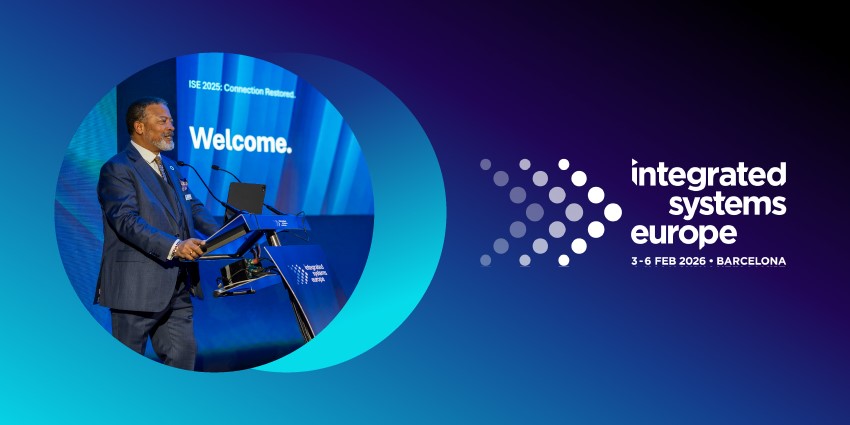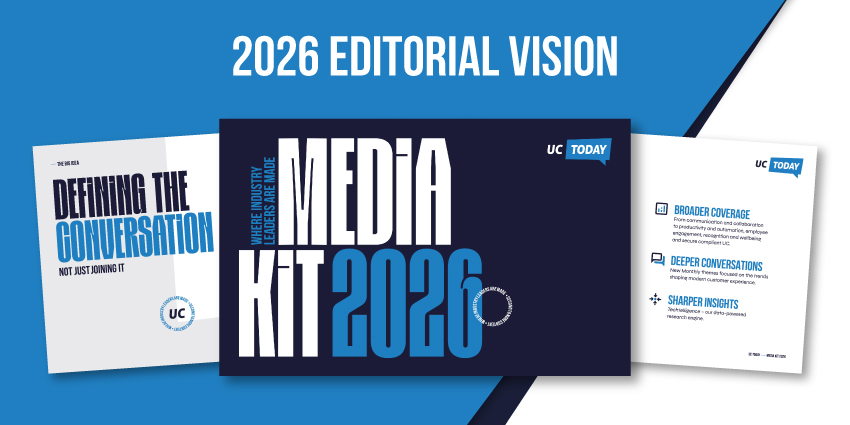Have you ever wondered how many calls go unanswered as a result of growing skepticism and suspicion in the world of voice? The number could be higher than you think. Although companies across industries have consistently invested in voice fraud prevention and mitigation techniques over the years, the trust still isn’t there.
PWC once found that around 8 out of 10 American adults won’t answer a call from a number not saved in their contacts. That means companies aren’t just missing out on opportunities to connect with their customers. Crucial calls from team members, contractors, and suppliers go unanswered, too.
Though the fraud problem in voice comms isn’t new, it is becoming more complicated. Businesses are dealing with hybrid workers connecting with varying numbers from different locations and devices. AI is making spam calls more convincing, with deepfakes. Plus, as cloud communication systems align and integrate, criminals are finding more windows in systems to take advantage of.
So, how do we reclaim trust in the voice landscape?
Voice Fraud Prevention Challenges: The Hurdles of Hybrid Work
Let’s start with a closer look at why voice fraud prevention is so complicated right now, starting with the evolution of the workplace. Hybrid work strategies, particularly those enabled by multi-platform ecosystems and diverse cloud-based tools, have opened the floodgates to new risks.
The more devices and locations your teams use, the harder it is to lock everything down. All it takes is one remote user on a home network with a dodgy softphone setup for everything to crumble.
Fraudsters are living in the gaps between office and home, old and new, on-prem and in-cloud. In the last few years, companies have seen an influx of issues linked to fake traffic, inflated calls, identity spoofing, and callback scams. Sometimes it’s bots hammering a switchboard to rack up charges. Other times, it’s a cloned voice pretending to be your CFO asking for a wire transfer.
The damage isn’t always obvious. Missed calls, eroded trust, complaints to regulators, silent churn. Customers don’t bother to answer anymore. Reps stop trusting their own dialers. You end up running a comms system that no one wants to use.
This is a real architecture problem. Unified communications isn’t unified if fraud is slipping through the seams. The industry has tried patching the holes with protocols and policy. But patching isn’t the same as fixing. That’s why a few forward-thinking providers like Wavecrest have started taking a more systemic approach: AI that flags weird patterns before they escalate, numbering systems that are transparent by design, and call verification that actually works across borders.
Managing Voice Fraud Prevention in an AI World
AI’s been shoved into every part of enterprise tech by now, but voice? Voice is a strange one. It’s emotional, messy, filled with human weirdness. That’s what makes it powerful. It’s also what makes it fragile.
The rise of AI in unified communications has created a catch-22 situation. On one hand, AI is your best bet for staying ahead of fraud. It can scan thousands of calls, flag anomalies, and catch patterns humans would miss. But on the other hand, the same tools are being weaponized. One report states that around 63 percent of consumers have received an AI-generated deepfake robocall so far.
A cloned voice doesn’t need a Hollywood budget anymore. It needs three seconds of clean audio. That’s it. Combine that with publicly scraped data, and you’ve got a deepfake pretending to be your CEO, asking for “a quick favor” on a Friday afternoon.
Wavecrest’s whitepaper highlights this tension. AI makes call analysis sharper, but it also increases the surface area of risk. Their platform leans into the former, using AI to catch artificially inflated traffic and block fake call bursts before they bleed budgets. But they’re not naïve about the risks either. As they put it, voice needs a new kind of defense, one that understands tone, timing, and trust.
To really master voice fraud prevention in the years ahead, companies will need to move from post-call forensics to in-the-moment intervention. When the platform notices something off, it doesn’t wait for a human to notice. It acts immediately.
Smart, human-aware AI, like what’s starting to show up in platforms like Zoom’s Companion or Teams Copilot, is becoming increasingly critical for compliance.
Maintaining Compliance Across Borders
It used to be simple. You ran a phone system—maybe two—and followed the rules of your own country. Few companies still live in that world. Now, even smaller businesses have reps in Manchester, clients in New York, platforms hosted in Ireland, and so on.
Regulations around voice, data capture, consent, and numbering are patchworked and uneven. The EU cares deeply about consent and call documentation. The US is obsessed with call attestation. France straight-up banned number sub-allocation. Companies that were using leased blocks of numbers to operate legally one day were suddenly in breach the next.
Wavecrest has a strong view on this. They argue for fully transparent numbering, sourced directly from regulated rangeholders, so that when the rules shift, the foundation holds. Their customers aren’t left scrambling when a regulator pulls the rug out. They’re already standing on bedrock.
However, even more critical is how compliance intersects with trust. If your customers don’t know who’s calling, they won’t answer. When regulators can’t trace your numbering, they won’t tolerate you. If your systems don’t catch risks live, instead of after the fact, your risks skyrocket.
Compliance isn’t just about record-keeping anymore; it’s about proving in real time that your communications are secure, auditable, and aligned with every jurisdiction you touch.
The New Voice Fraud Prevention Playbook
Spam filters saved email. Voice needs its version. Right now, the phone system is losing credibility fast, and not just because of scammers but also because of confusion and lack of visibility. People don’t know who’s calling or why.
Fixing it starts with authentication. That’s the premise behind things like STIR/SHAKEN in the US, a system that aims to verify that a call actually comes from the number it claims to. But the industry is starting to shift from patchwork fixes to a full rewrite. That means treating identity in voice the same way financial services treat transactions. Before you send money, you confirm the payee.
Wavecrest has been vocal about this. In their view, call verification should be embedded, not bolted on. They’re pushing for transparency along the entire call chain. Wavecrest’s solutions are designed to simplify and enhance voice fraud prevention, with a focus on the real challenges companies face today. Businesses benefit from:
- Real-time fraud detection using AI to flag and block suspicious traffic before it lands.
- Global numbering provisioned directly from regulated sources, not through risky sub-allocation.
- CLI (Calling Line Identity) delivery that’s actually guaranteed, so customers know who’s calling.
- A managed voice service that plays nicely with your UC tools, not against them.
The future of fraud prevention isn’t another feature set. It’s infrastructure that quietly protects trust, so your teams can focus on the calls that matter, not the ones that shouldn’t have made it through in the first place.
The Real-World Impact of True Voice Fraud Prevention
The side effects of fraud feel abstract until your company actually deals with them. It’s a mess: unexpected charges, missed deals, angry customers, compliance escalations, and even losses in productivity and collaboration.
Now flip that. Imagine the same system catching the spike in bot traffic before your CFO gets the bill. Or flagging that your France office is using out-of-policy numbers before a regulator calls. Or verifying an outbound sales number, so the client actually picks up the phone.
That’s the kind of workflow Wavecrest’s platform is built around, catching things upstream, not cleaning them up downstream. Their clients don’t need to panic every time a new regulation drops. They’re already compliant by design. Their call answer rates don’t tank because their numbers are trusted.
You can’t solve fraud with one clever tool. But you can build a voice environment that’s structurally hostile to it. That’s the goal. If the voice ecosystem wants to survive, let alone thrive, it has to stop treating trust like an add-on. It’s the heart of any communication strategy.







